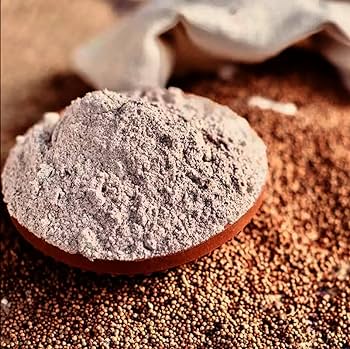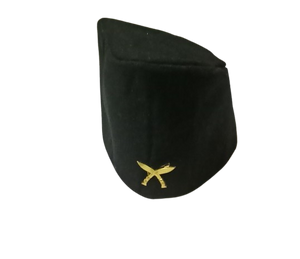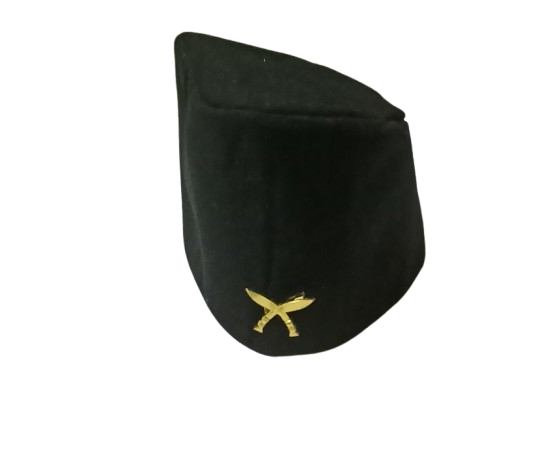Kodo ko Pitho, also known as finger millet flour, is a staple in many traditional kitchens, especially in Nepal and other parts of the Himalayan region. This versatile and nutritious flour is made from finger millet, a small-seeded cereal crop that has been cultivated for thousands of years. Known for its health benefits and culinary versatility, Kodo ko Pitho is gaining popularity among health enthusiasts and chefs alike. Let's dive into the world of this incredible flour and discover its benefits and uses.
Nutritional Benefits
-
Rich in Nutrients: Kodo ko Pitho is packed with essential nutrients, including dietary fiber, protein, vitamins (especially B vitamins), and minerals like calcium, iron, and magnesium. This makes it a great choice for those looking to enhance their diet with nutrient-dense foods.
-
Gluten-Free: For individuals with celiac disease or gluten sensitivity, Kodo ko Pitho is an excellent alternative to wheat flour. It allows them to enjoy a variety of dishes without the risk of gluten-related issues.
-
Low Glycemic Index: Finger millet has a low glycemic index, which means it releases sugar slowly into the bloodstream. This helps in managing blood sugar levels, making it beneficial for people with diabetes.
-
High in Antioxidants: The flour contains phenolic compounds and antioxidants that help in fighting free radicals in the body. This can contribute to better overall health and may reduce the risk of chronic diseases.
-
Weight Management: The high fiber content in Kodo ko Pitho aids in digestion and keeps you feeling fuller for longer, which can help in managing weight effectively.
Culinary Uses
-
Traditional Dishes: In Nepal and the Himalayan region, Kodo ko Pitho is used to prepare various traditional dishes like roti (flatbread), dhido (a type of porridge), and sel roti (a sweet, ring-shaped bread). These dishes are not only delicious but also carry cultural significance.
-
Baking: Finger millet flour can be used in baking cakes, cookies, and bread. Its nutty flavor adds a unique twist to baked goods. When substituting for regular flour, it's often mixed with other gluten-free flours to achieve the desired texture.
-
Breakfast Recipes: Incorporate Kodo ko Pitho into your breakfast by making pancakes, waffles, or porridge. It's a nutritious way to start your day and keeps you energized.
-
Snacks: Use the flour to make healthy snacks like crackers, savory biscuits, and even millet-based energy bars. These are great options for those looking to snack without compromising on health.
-
Thickening Agent: Kodo ko Pitho can be used as a thickening agent in soups, stews, and sauces, adding both texture and nutritional value to your dishes.
Tips for Cooking with Kodo ko Pitho
-
Combining Flours: When baking, combine Kodo ko Pitho with other flours like rice flour, tapioca flour, or almond flour to improve the texture and taste of the final product.
-
Hydration: Finger millet flour absorbs more water than regular flour. Adjust the liquid content in your recipes accordingly to achieve the right consistency.
-
Storage: Store Kodo ko Pitho in an airtight container in a cool, dry place to maintain its freshness and nutritional quality.
Conclusion
Kodo ko Pitho is more than just a gluten-free alternative; it's a powerhouse of nutrition that can enhance your diet in various ways. Its versatility in the kitchen allows you to experiment with traditional and modern recipes, ensuring that you never run out of healthy and delicious meal options. So, why not add this amazing flour to your pantry and start reaping its numerous benefits today?
Order here - Kodo ko Pitho (Millet flour) – Himali Mart










